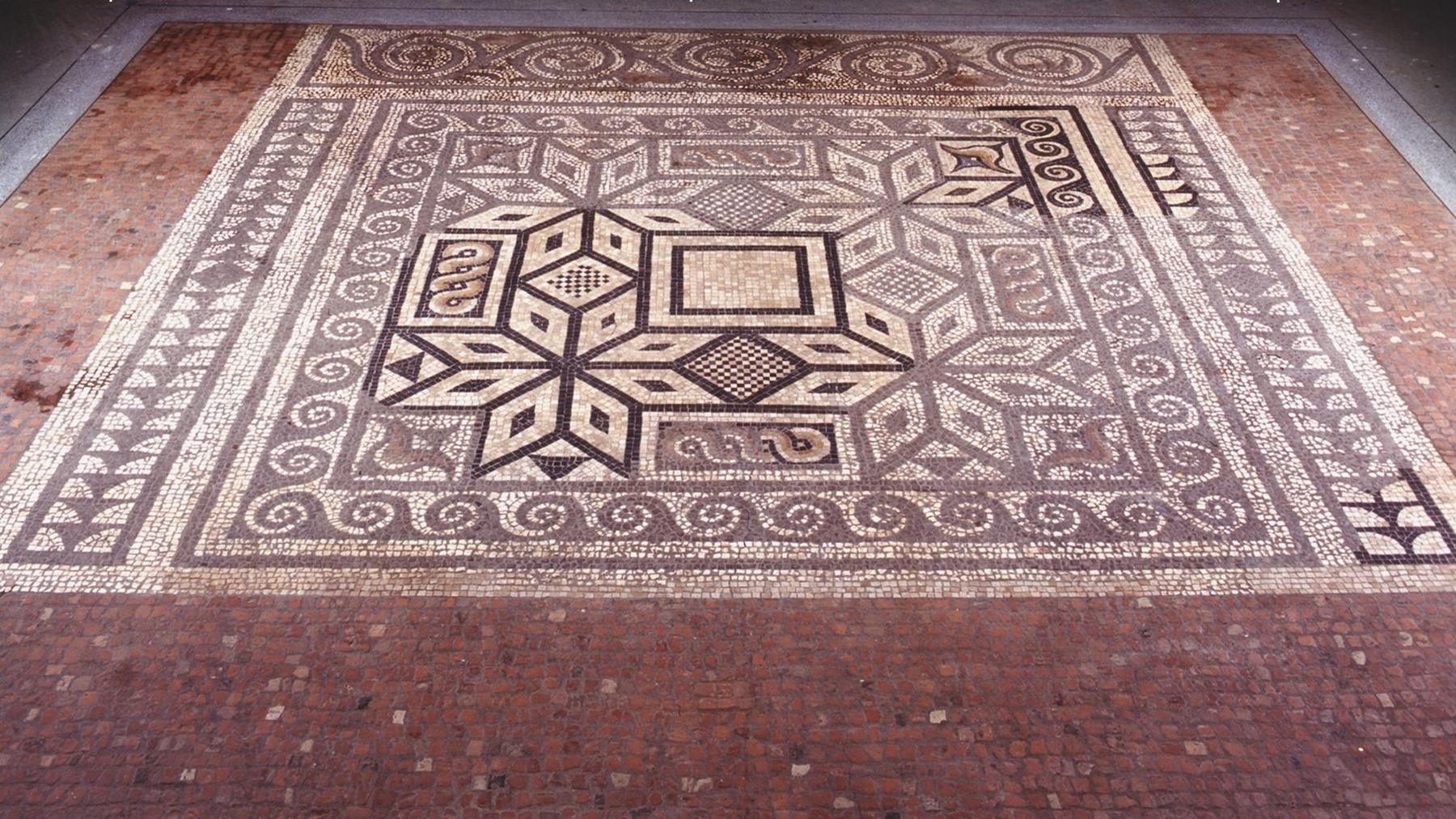Alban Arena celebrates 50 years, despite IRA bombing attempt
- Published
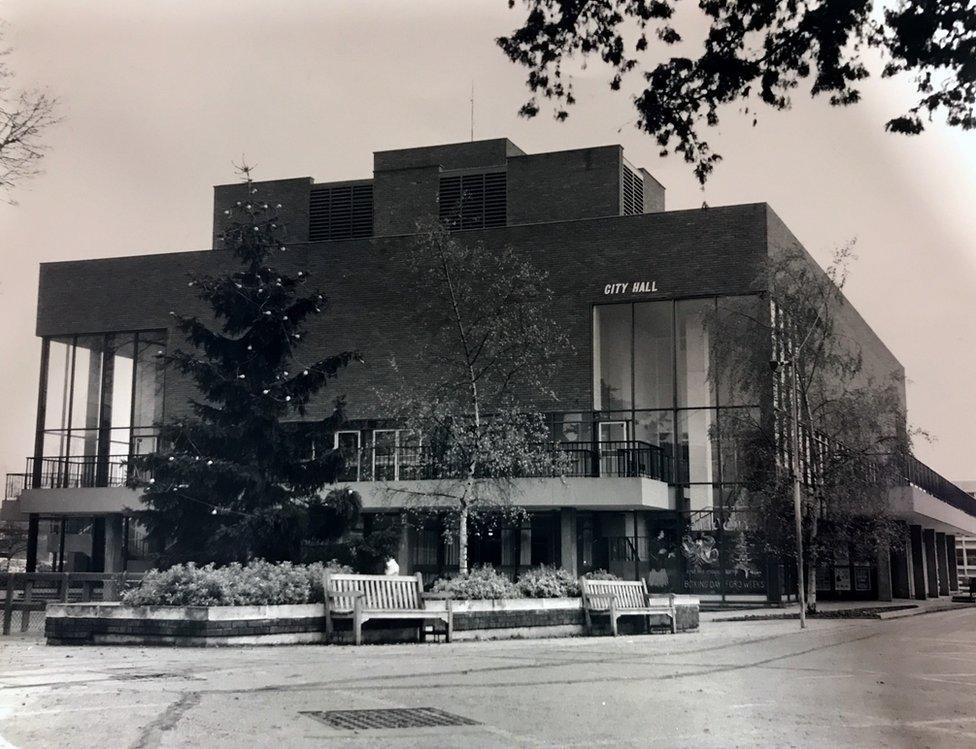
The Alban Arena opened as the City Hall in 1968
A venue which came within minutes of being blown up by an IRA bomb is celebrating its 50th anniversary.
The Alban Arena in St Albans opened in 1968, and was initially called the City Hall.
In 1991, Patricia Black and Frankie Ryan were killed when a bomb they were carrying detonated early in the doorway of nearby Barclays Bank, since closed.
The Blues and Royals military band was playing and it is thought the target was the band's bus behind the venue.
If the explosion, on 15 November, had happened minutes later, about 300 people would have been leaving the concert and it is likely that, just a year after a £1.3m refurbishment, much of the back of the venue would have been destroyed.
Twenty years later, the family of one of the two IRA members marked the anniversary by laying a wreath, in an act called "grotesque" by Peter Lilley, who was the city's MP.
Over the years, the venue has played host to Morecambe and Wise, Sir Cliff Richard, Motorhead, Status Quo and Gorillaz, and will host a 50th anniversary gala performance this Sunday.
The venue was intended as a long-awaited replacement for the city's County Theatre, which was demolished in 1932.

Morecambe and Wise relax in their dressing room after gracing the City Hall stage

Alban Arena
Designed by Sir Frederick Gibberd, who was also the architect of the Liverpool Metropolitan Cathedral
The first production was Orpheus in the Underworld by the St Albans Operatic Society, now the St Albans Musical Theatre Company
In 1990 it underwent a £1.3m refurbishment and reopened in April 1991 as the Alban Arena following a competition to re-name it
It seats 856 but holds up to 1,400 people if standing for concerts and exhibitions
Under the carpet in the bar area is a 1,800-year-old Roman mosaic discovered by archaeologist Sir Mortimer Wheeler in the 1930s. St Albans, formerly the Roman city of Verulamium, was once the third largest city in Roman Britain
The venue is council-owned by run by leisure contractor 1Life


The 1,800-year-old Roman mosaic discovered by archaeologist Sir Mortimer Wheeler was on display in 2016 during renovations
The venue is owned by St Albans City Council, but managed by private company 1Life.
Unlike many public entertainment venues, the council said its revenues exceed its running costs.
General manager, Beverley Langdon, said the existence of the "thriving and energetic venue" was "only possible due to the passion shown on a daily basis by the team who always work above and beyond to enable these events to take place".
"Whilst we are immensely proud of our achievements to date, we can never stand still and are excited by the massive potential the Alban Arena still has to give," she said.
The St Albans Civic Society said the building was "quite a pioneering piece" at the time, but it felt the refurbishment had spoilt it.
Tim Boatswain, its chairman, said: "It would be good to bring the building back to its original form as it's a building that speaks of its time."
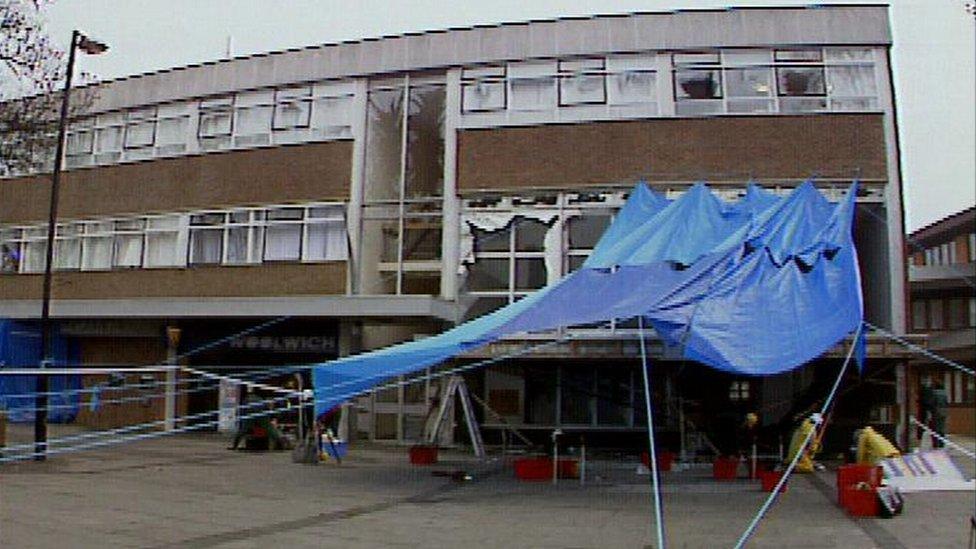
Two bombers were killed next to the Alban Arena in 1991 when a bomb detonated prematurely
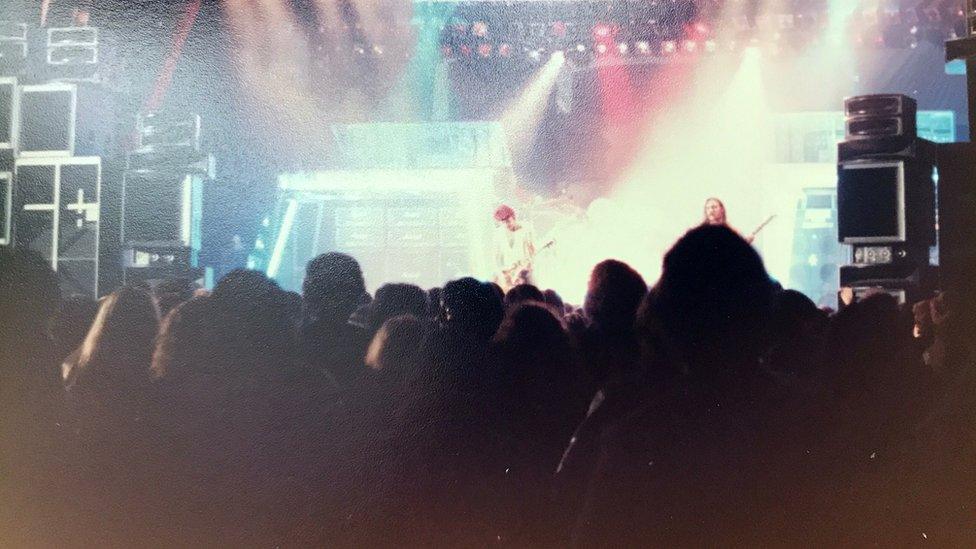
Motorhead played at the City Hall in 1983, when ex-Thin Lizzy guitarist Brian Robertson (centre) was in the trio with the late Lemmy (right)
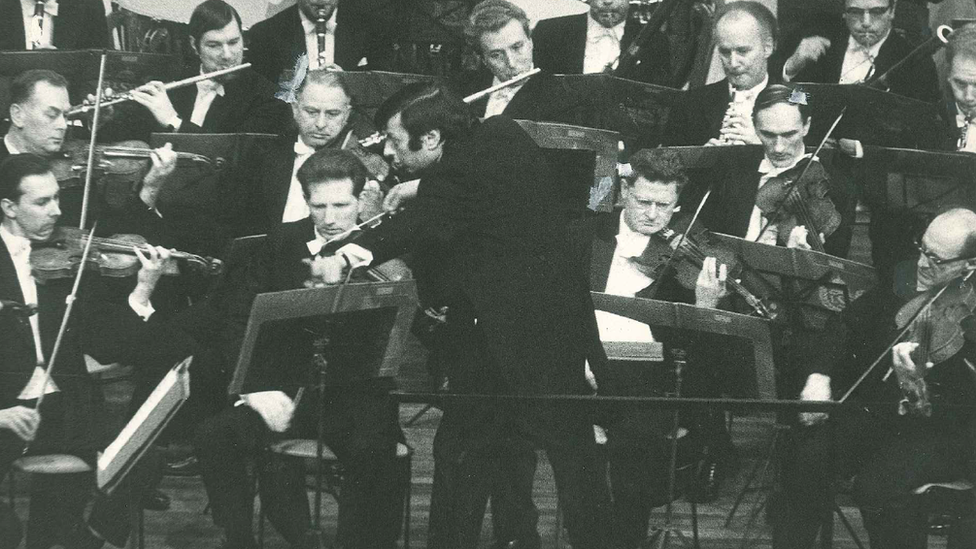
Sir Andre Previn in full flow on the Arena stage

EastEnders actor Jake Wood and Arena patron, the actor Bob Golding are just two of the stars Evolution Pantomimes have brought to the Arena
- Published31 July 2016
